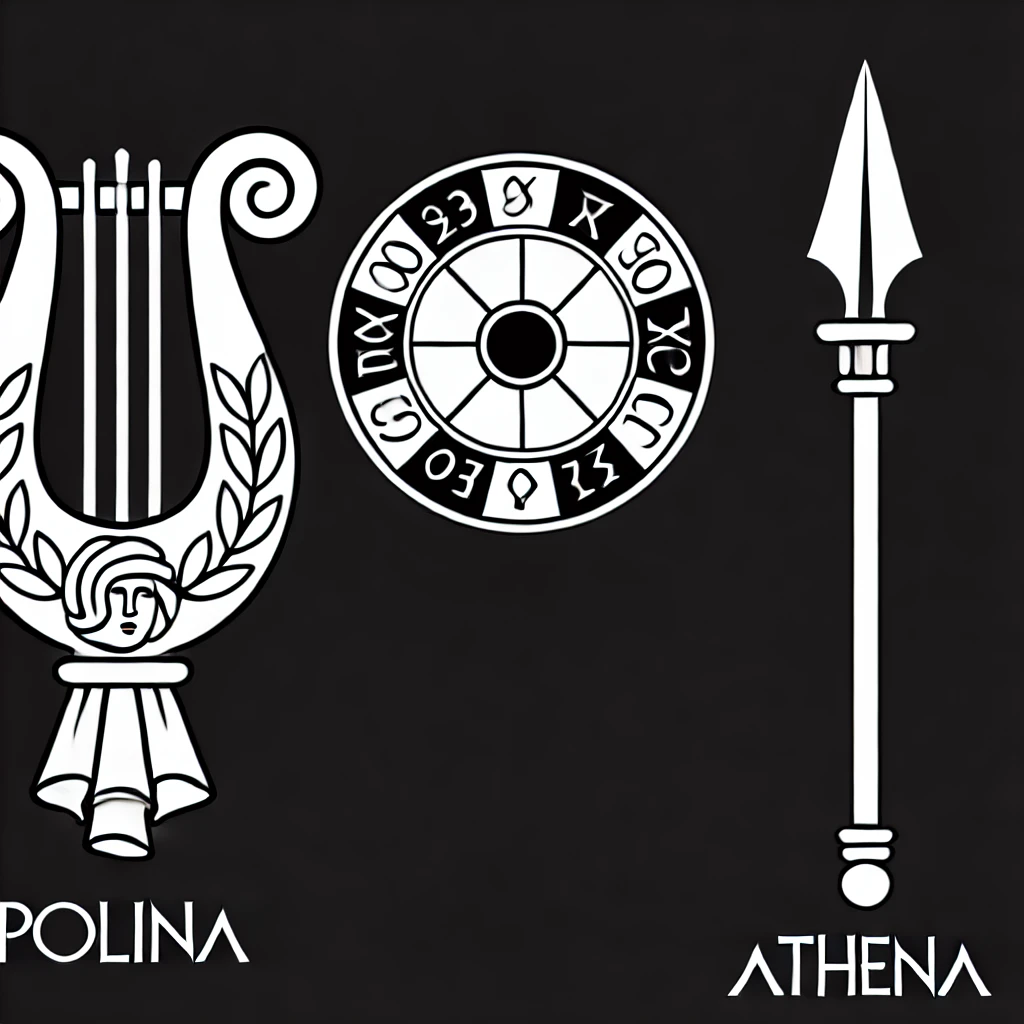Detour#
To create two overlaid Kaplan-Meier survival curves showing hospital length of stay (LOS) for living kidney donors and a control population over 50 years old, the process can be broken into key steps:
Steps to Achieve the Kaplan-Meier Curves#
Prepare the Dataset:
Use the National Inpatient Sample (NIS) to extract relevant records.
Identify two groups:
Group 1: Living kidney donors, age > 50.
Group 2: Control population, age > 50, excluding individuals with diagnoses related to kidney donation or severe kidney disease.
Extract columns:
Patient ID
Hospital LOS (as the event time, capped at 30 days)
Event indicator (0 for censored, 1 for discharge).
Subset and Filter Data:
Restrict the dataset to patients aged > 50.
Exclude patients with missing LOS data or inappropriate discharge statuses (e.g., against medical advice).
Define Censoring:
Any patient still hospitalized after 30 days should be censored (event = 0).
Group Matching (Optional but Recommended):
Use propensity score matching (age, gender, comorbidities) to balance the two groups, ensuring comparability between donors and controls.
Fit Kaplan-Meier Models:
Fit separate Kaplan-Meier survival models for:
Living kidney donors (Group 1).
Control population (Group 2).
Overlay Survival Curves:
Plot the two Kaplan-Meier curves on the same axis for direct comparison.
Time scale: Daily intervals from 0 to 30 days.
Statistical Comparison:
Use the log-rank test to assess the statistical significance of differences in LOS between the two groups.
Label and Customize the Plot:
X-axis: Time (Days).
Y-axis: Survival Probability (Proportion still hospitalized).
Add a legend to distinguish the two groups.
Expected Outcome#
The Kaplan-Meier plot will visually display:
Proportion of patients remaining hospitalized over time for each group.
Differences in LOS patterns between kidney donors and the control group.
If you provide the NIS dataset or a sample of it, I can preprocess it and generate these Kaplan-Meier curves for you. Let me know if you’d like assistance in writing the code or running the analysis!

